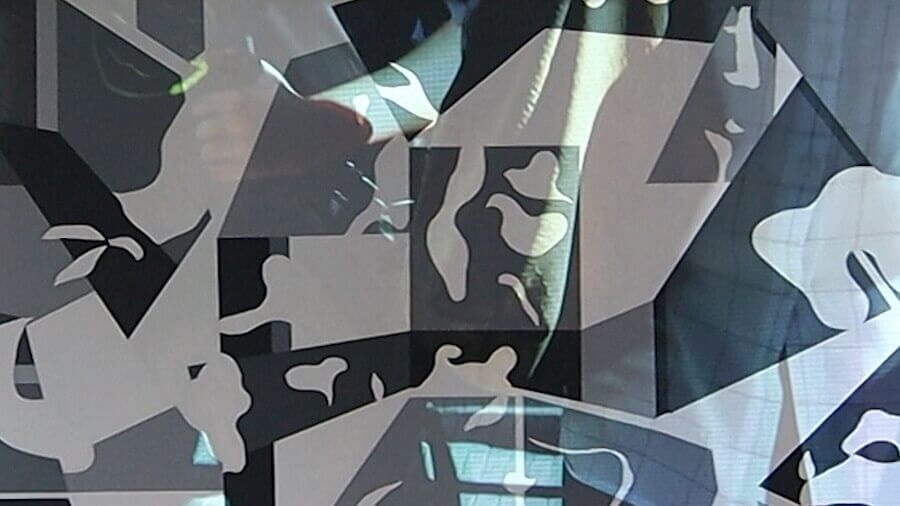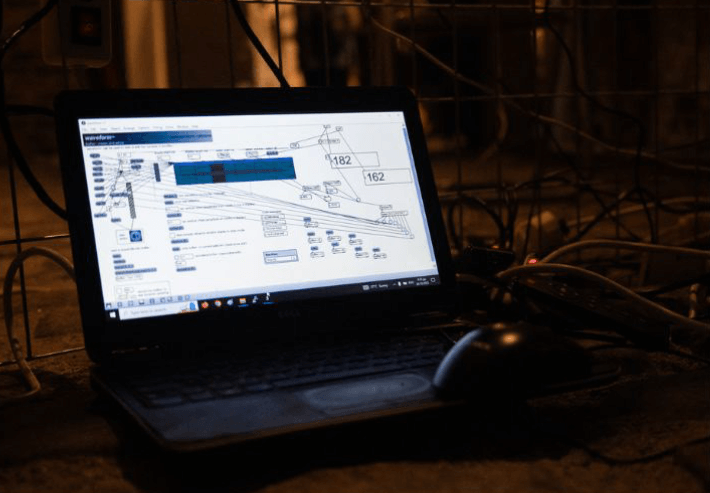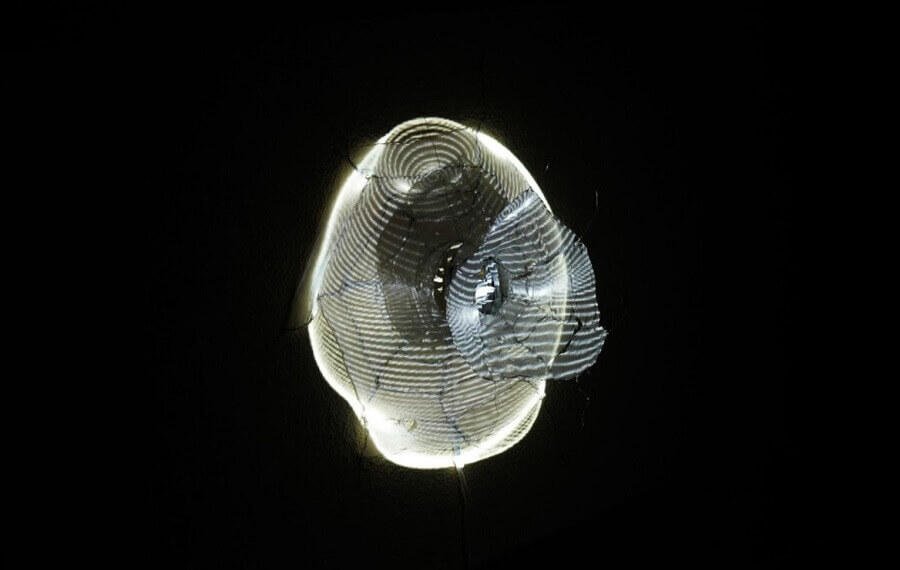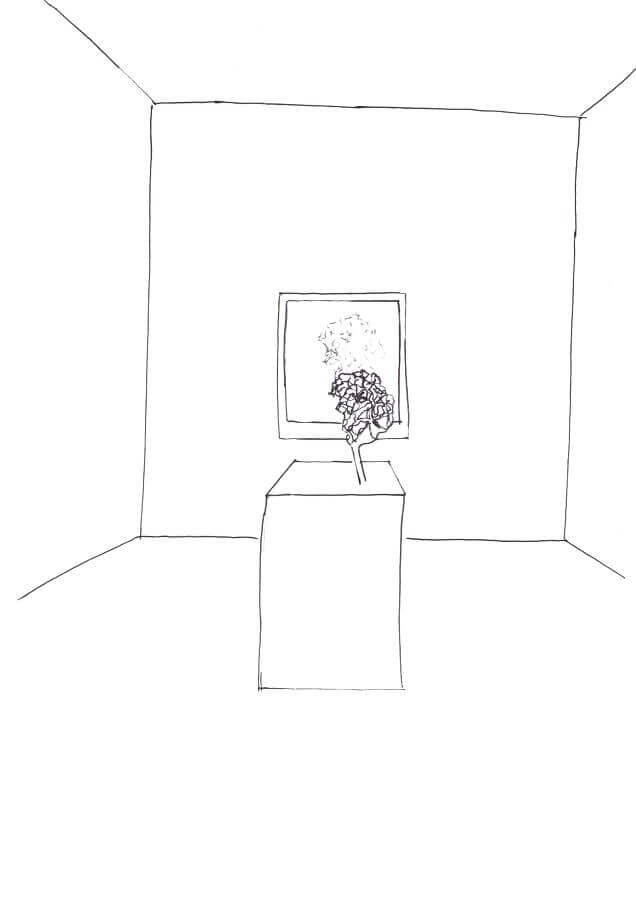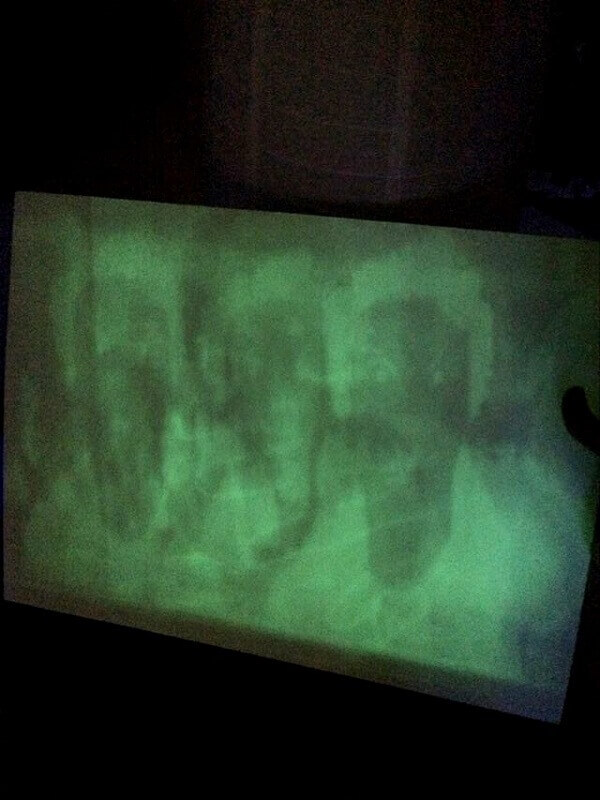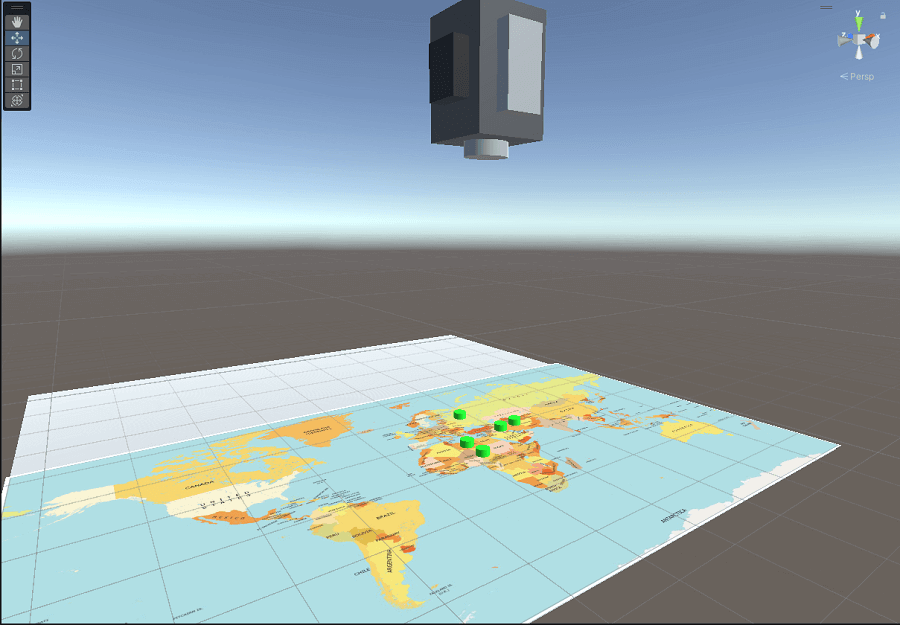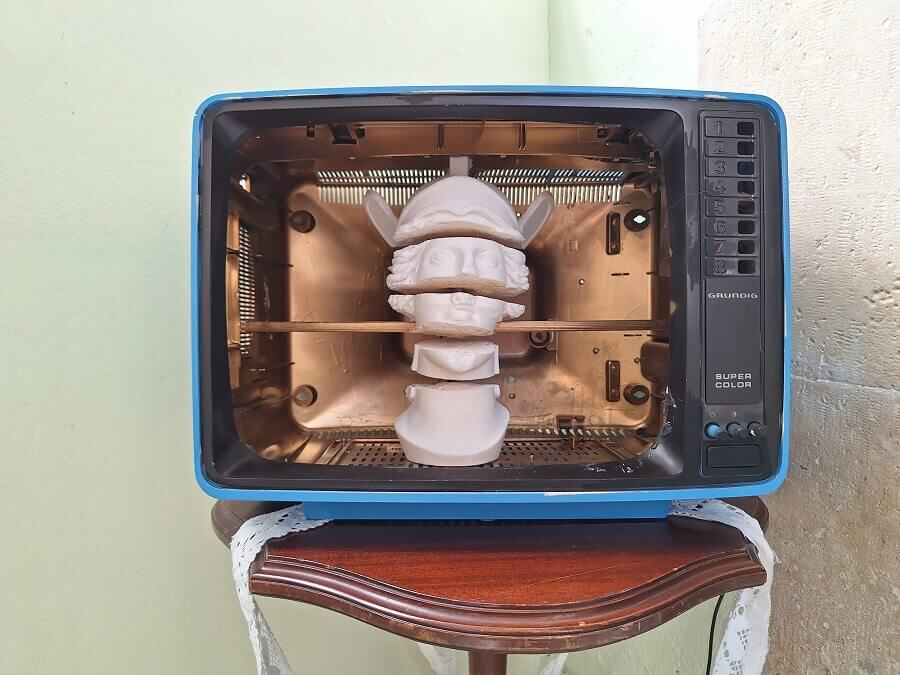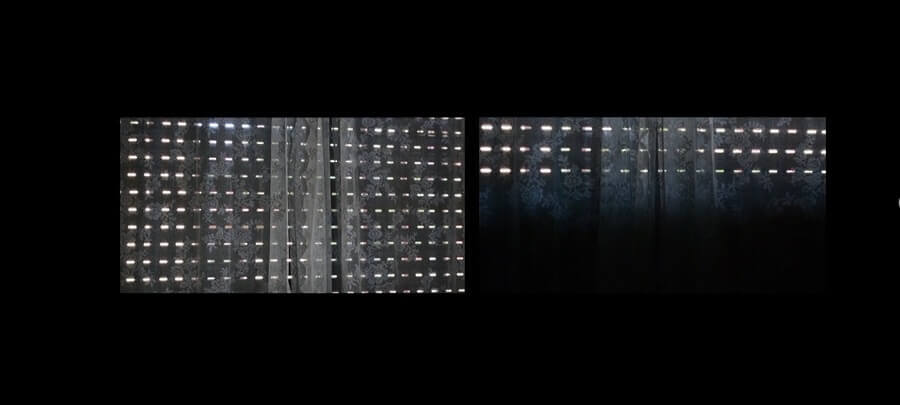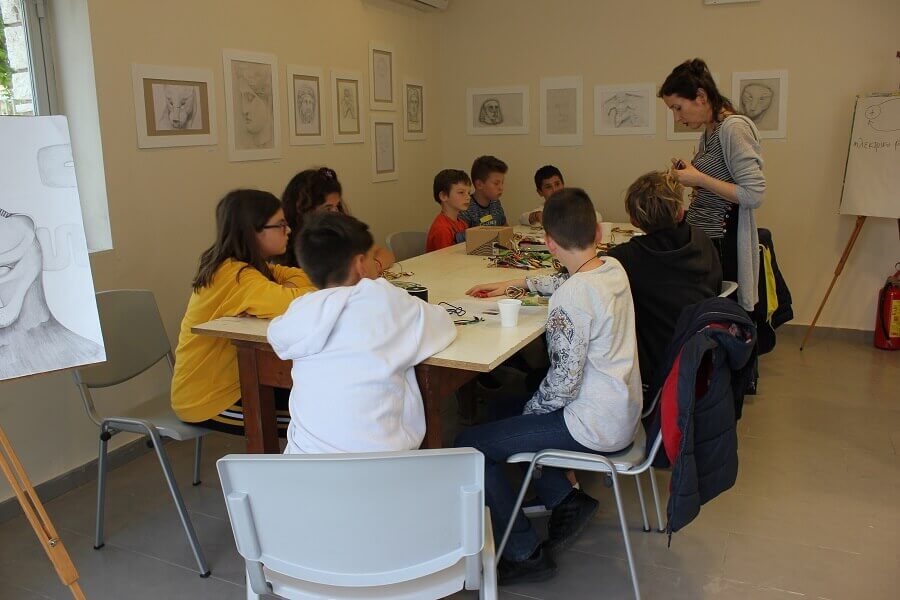Binary Stitches
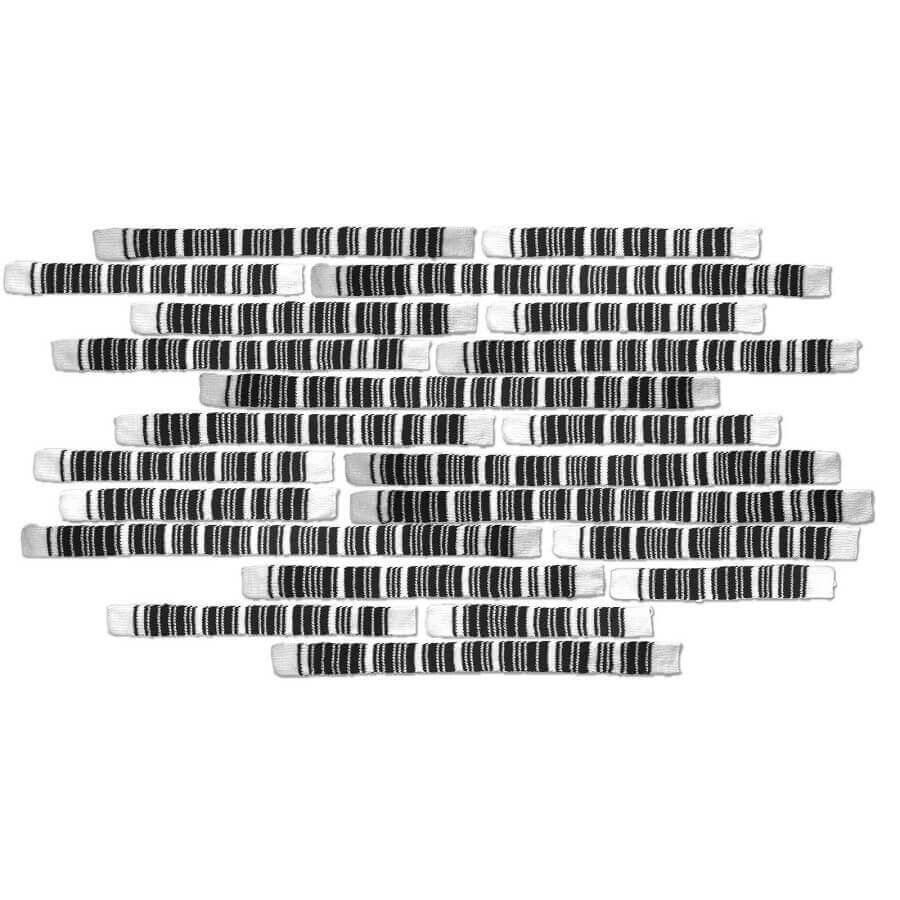
Project in the context of the course "Interactive Environments - Installations"
"Binary Stitches" is a captivating exploration of the intersection between tradition and technology. Through the ancient craft of knitting, the artist creates a series of visually striking barcodes using the Code 39 system. As a whole the 22 knitted pieces becomes a unique representation of Malevich's quote, "With the most primitive means, the artist creates something which the most ingenious and efficient technology will never be able to create." By bridging the gap between traditional craft techniques and modern symbolic language, the artwork invites viewers to contemplate the timeless power of human creativity in the digital age.


